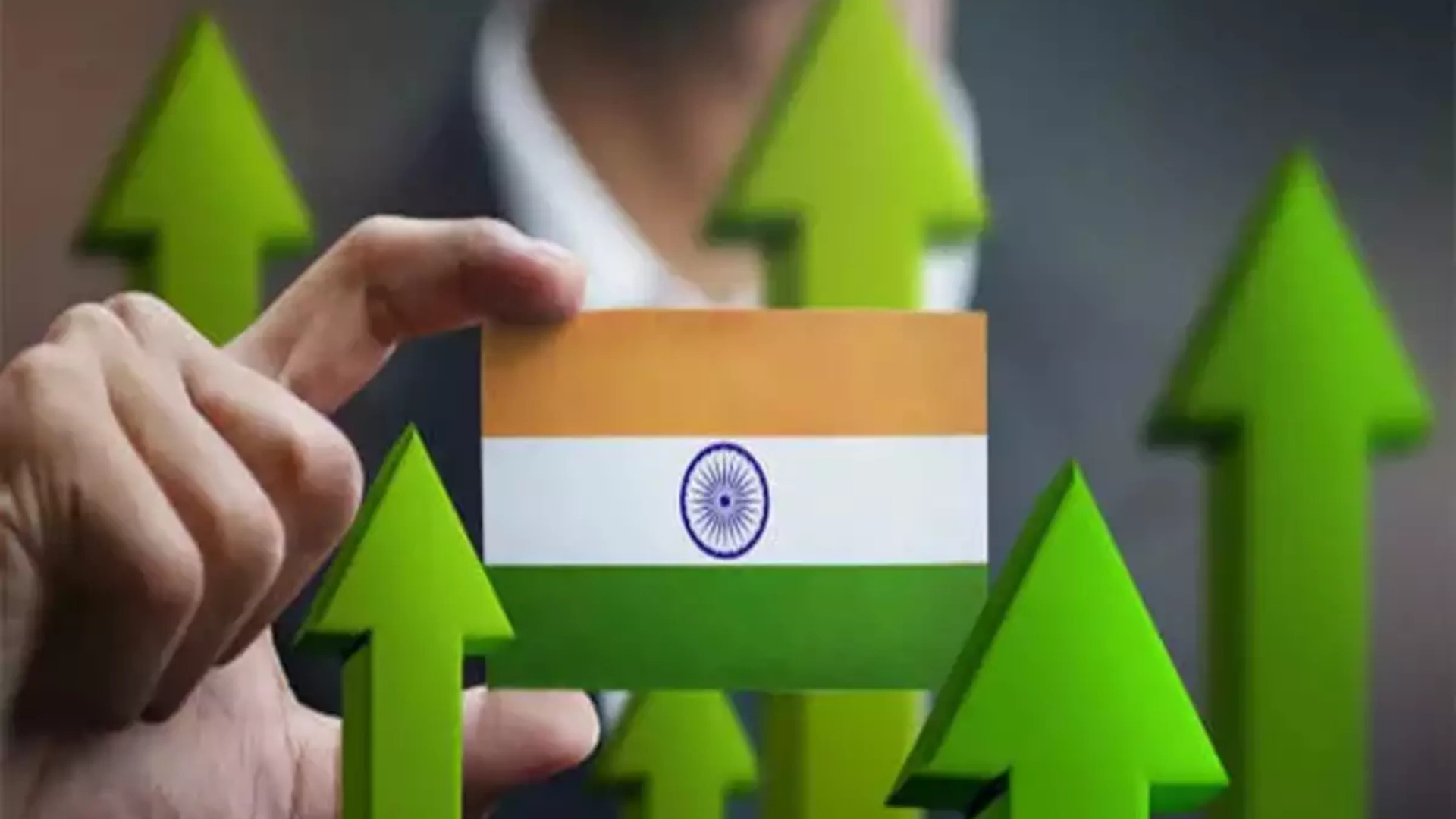| ➡️ Get instant news updates on Whatsapp. Click here to join our Whatsapp Group. |
India’s banking sector will require an additional USD 4 trillion in capital over the next 20 years to support the country’s ambition of becoming a developed economy, or Viksit Bharat, by 2047, according to a report by HSBC Mutual Fund.
Massive Financial Growth Required
The report highlights that for India to achieve its ambitious target, the growth of financial and banking assets must outpace GDP expansion. In 2023, India’s GDP stood at USD 3.4 trillion, and it is projected to grow nearly nine times to reach USD 30 trillion by 2047.
To support this economic expansion, financial assets—which were valued at USD 6.4 trillion in 2023—will need to multiply nearly 19 times to USD 120 trillion by 2047. Likewise, banking assets, currently worth USD 3.1 trillion, are expected to surge 14.5 times to USD 45 trillion.
Banking Sector’s Role in Economic Growth
The report stresses that a well-developed financial sector is crucial for economic growth as it provides credit, investment opportunities, and financial services. HSBC Mutual Fund notes that India’s financial sector must expand significantly to match other major economies. Currently, the U.S. has USD 135 trillion in financial assets, China has USD 78 trillion, and Germany has USD 21 trillion.
To sustain India’s rapid economic expansion, the banking sector will need a significant capital infusion of USD 4 trillion over the next two decades. This capital will help create a multiplier effect, boosting business investments, industrial growth, and infrastructure development. A strong banking system will also increase global confidence in India’s economy, attracting more foreign investment.
India’s GDP to Double by 2030
The report also predicts that India’s GDP could almost double to USD 7 trillion by 2030 from its current level of USD 3.4 trillion. However, maintaining this high growth rate over the next two decades will be a major challenge. If India successfully expands its financial sector at the required pace, it will not only reach the USD 30 trillion GDP milestone but also emerge as a key player in the global economy by 2047.
